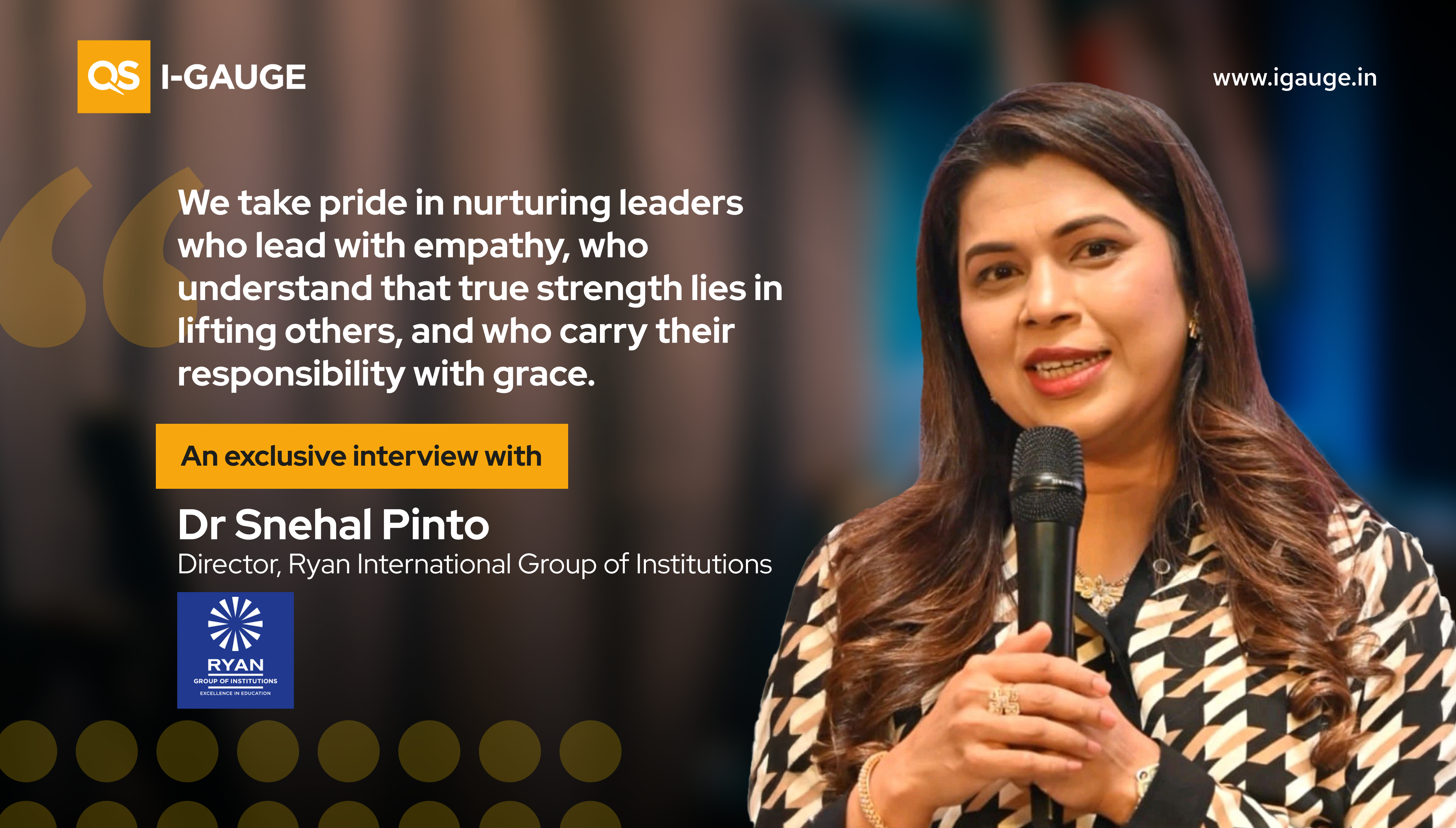The world today runs on technology and innovation, and Gurtej Sandhu stands out as a symbol of success for India and scientific progress. The engineer and inventor Sandhu holds more than 1,380 patents which positions him as one of the world's leading inventors according to global rankings where he stands at number seven above ‘Thomas Edison’. The number of patents by Sandhu does not show his full contribution to semiconductor technology as his work has revolutionised modern life through memory chips and everyday devices. His achievements show both his individual success and the untapped abilities of Indian students which education systems should work to bring out.
The Greatness of Gurtej Sandhu
Gurtej Sandhu’s story is extraordinary. Born and educated in India, he studied electrical engineering at the Indian Institute of Technology (IIT) Delhi, followed by a PhD in physics at the University of North Carolina. Today he leads Micron Technology as a senior leader through his work on atomic layer deposition and titanium coating processes and DRAM technology which enabled semiconductor scaling at an unmatched level.
The 1,380+ patents he holds show his dedication to developing materials science and device fabrication techniques since the start of his career. Nanotechnology research into new materials development has resulted in practical applications for everyday products such as smartphones digital cameras and solid-state drives. The IEEE Andrew S. Grove Award recognised his work to advance Moore's Law which describes the rate of microchip technology advancement. The technical and scientific communities have validated his global technology leadership work to demonstrate its significant value.
Lessons for the Education System
Sandhu's accomplishment shows how educational organisations and business entities can create international leaders who excel in innovation through their collaborative efforts. His professional journey demonstrates how technical mastery works best with an entrepreneurial approach to innovation. The Indian education system should focus more on creativity, problem-solving, critical thinking skills, and practical experimentation to help students reach their full potential.
The following reforms can be implemented primarily to initiate change:
- The education system should use real-world innovators as examples to teach students through their success stories which demonstrate actual paths to achievement.
- Students need to study various academic subjects to achieve innovation development. They need to explore subjects which extend their knowledge past their main field of study.
- Better laboratory access, mentorship programs, and innovation challenges at school and college levels are needed to transform theoretical knowledge into practical skills.
- Students need patent awareness and intellectual property education because it teaches them about invention protection methods which drive economic and technological advancement.
- Education should create pathways for students to work with startups and tech companies which will give them practical experience in the field.
Breeding a Generation of Innovators
The scientific and technological revolution in India depends on proper development of its large youth population. Gurtej Sandhu’s achievements show it is possible to lead global innovation from Indian roots. The transition to this new approach needs teachers to actively change their current teaching practices into methods which promote creative thinking and experimental learning and adaptability.
The process of scientific progress will speed up through three main initiatives which include -
a. Innovation hubs.
b. Funding for young researchers.
c. Academic-industrial partnerships.
Sandhu and other successful innovators demonstrate through their long-term approach that innovation progress needs time to develop. The education system which focuses on long-term learning and curiosity development will transform Indian youth into creators of jobs and leaders in scientific and technological fields.
Conclusion
Gurtej Sandhu’s legacy is far more than a record-breaking number of patents; it symbolises the extraordinary potential of Indian intellect and innovation. The education system needs to transform its teaching methods to establish new learning approaches which will lead to worldwide scientific progress.
Disclaimer:
The blog is curated by referring to various credible sources and does not necessarily reflect the opinions or positions of QS I-GAUGE. The information provided is for general informational purposes only, readers are advised to conduct their own research and seek professional advice before making any decisions.




